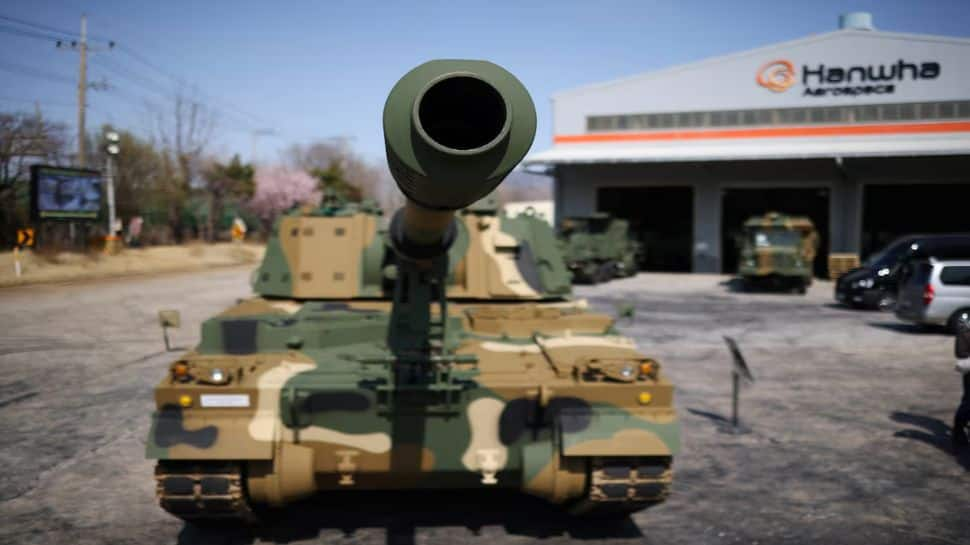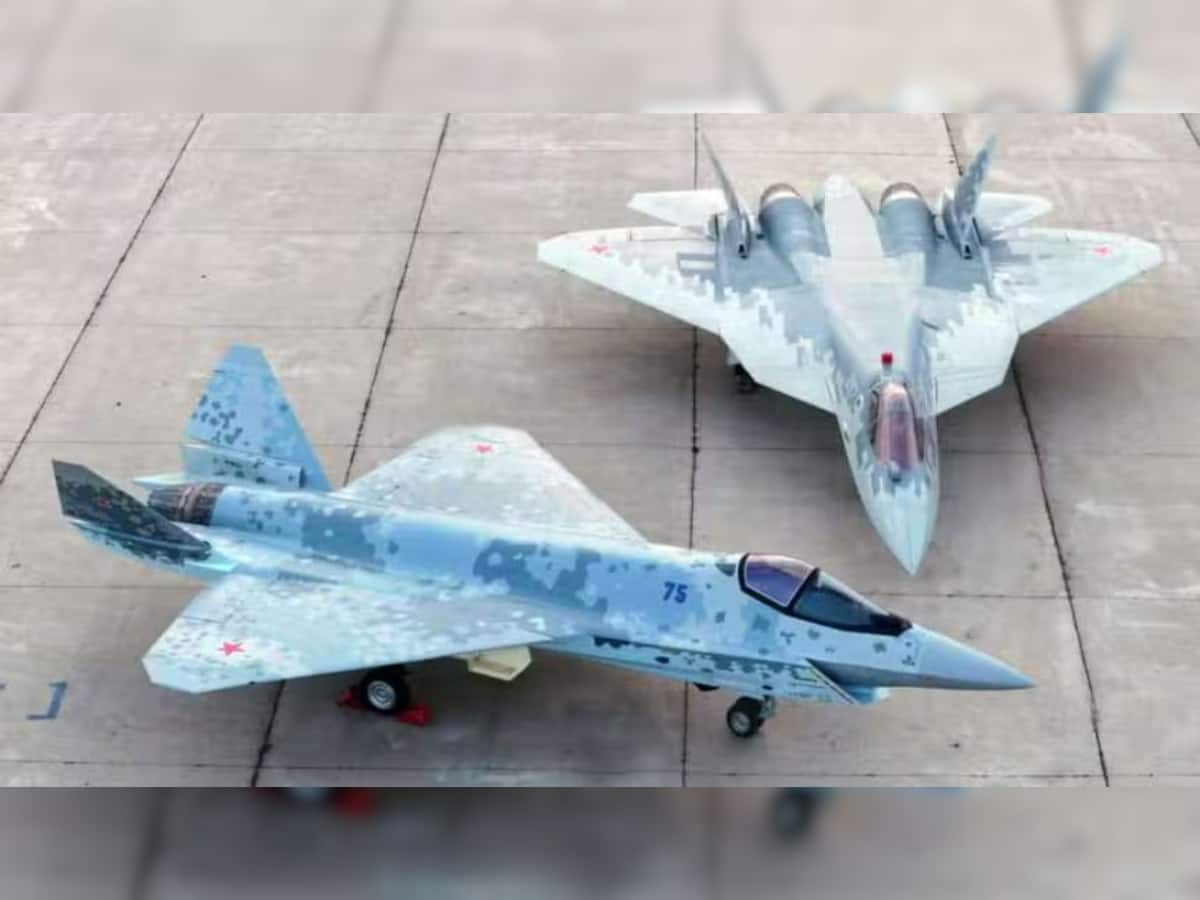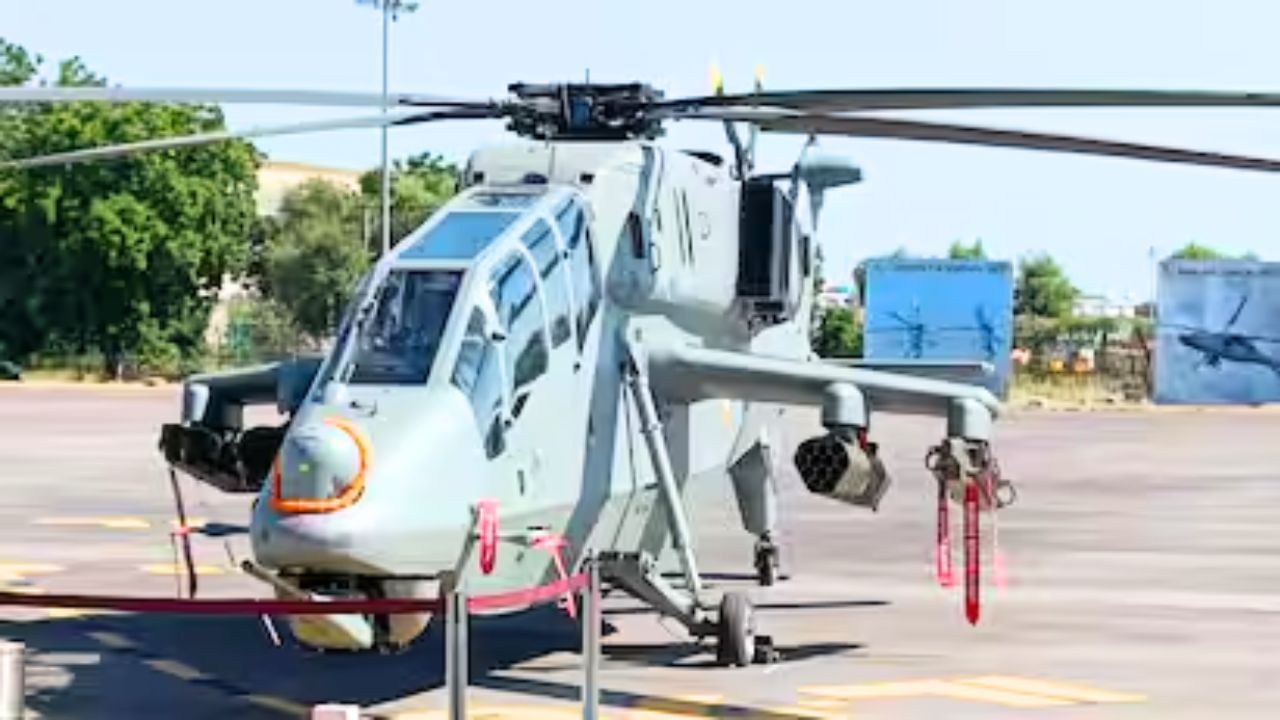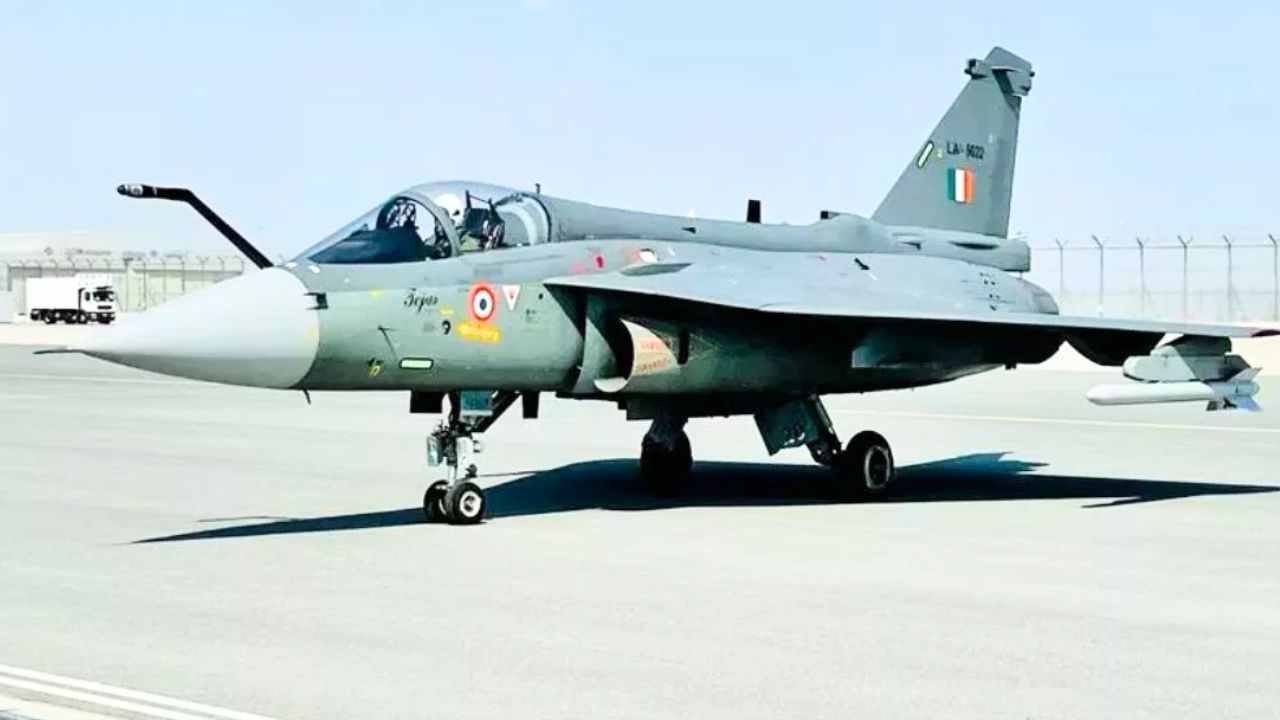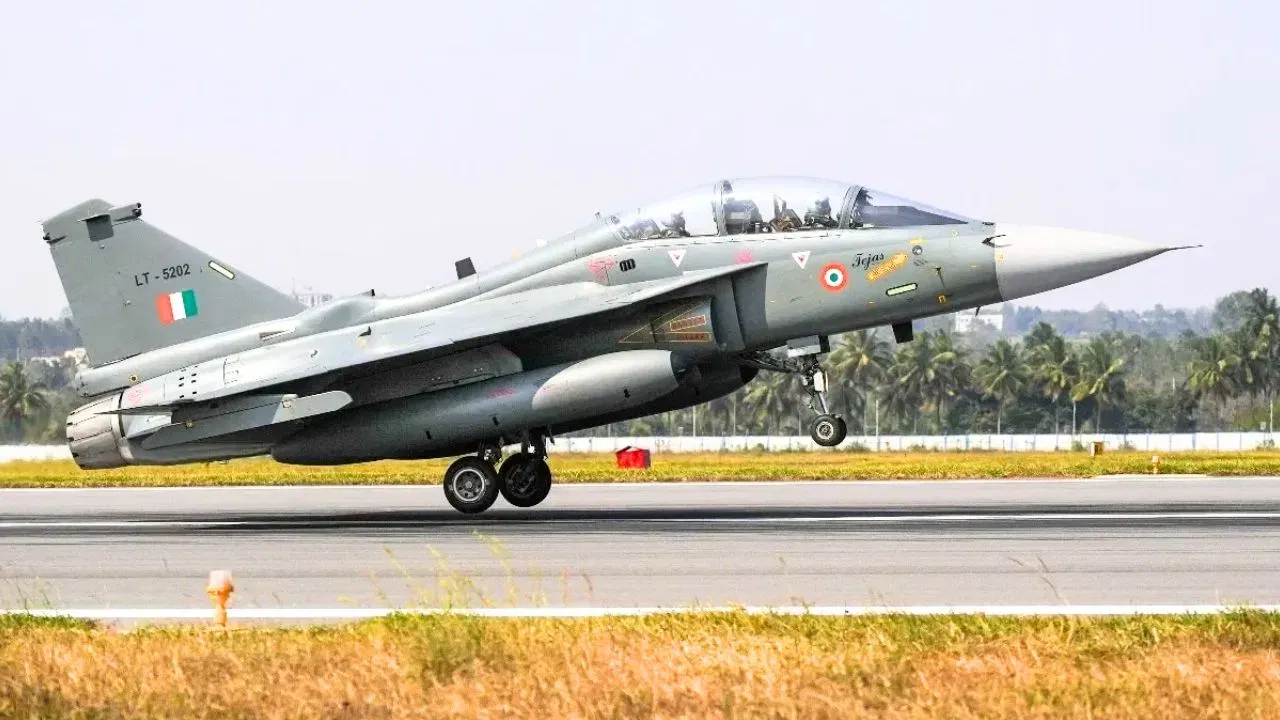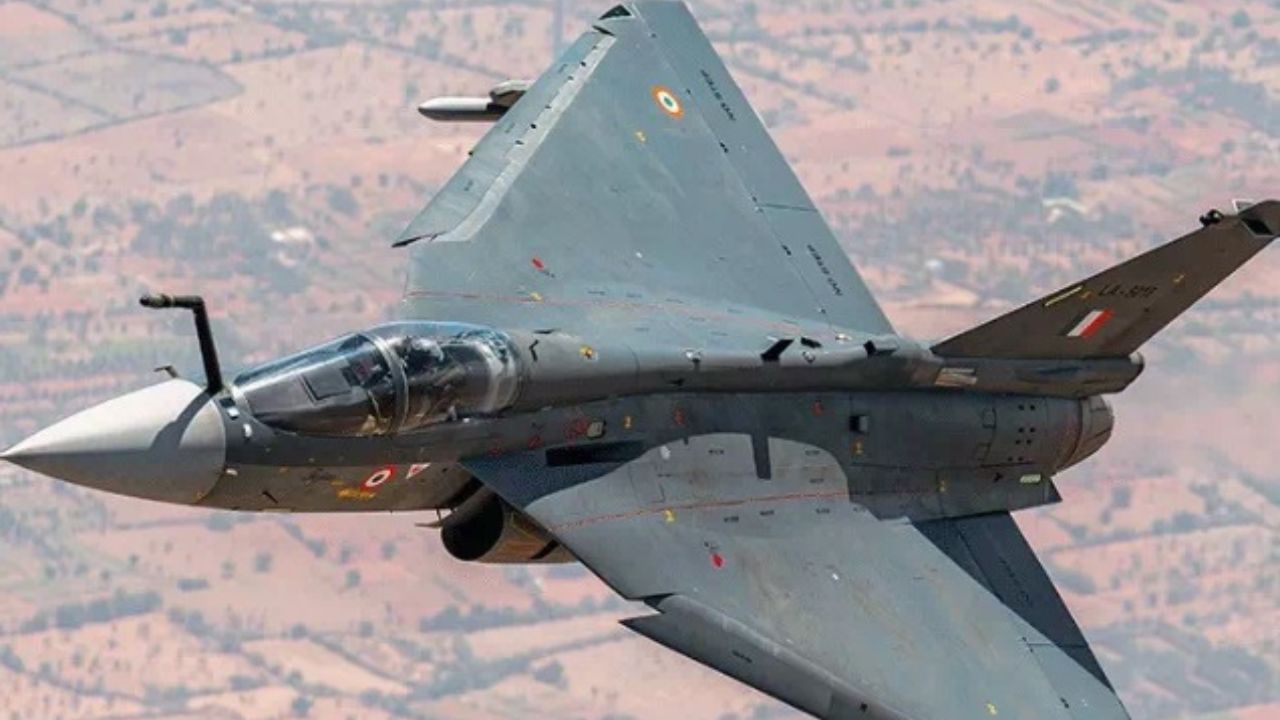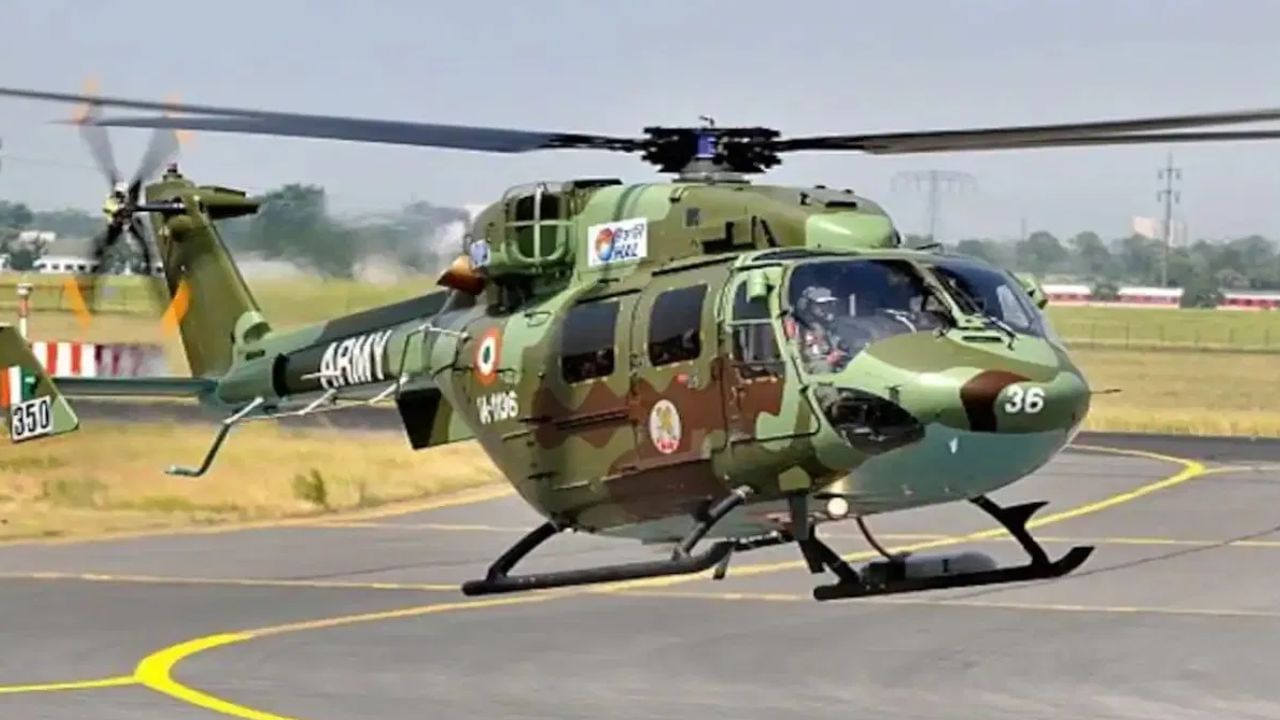Subscribe to Updates
Get the latest creative news from FooBar about art, design and business.
Browsing: HAL
The Indian Air Force may see a significant boost in its capabilities in the coming years. India is reportedly seriously considering the…
India’s indigenous Light Combat Helicopter (LCH) Prachand is slated to become even more lethal and advanced. Hindustan Aeronautics Limited (HAL) is integrating…
Tejas MK-2 to Take First Flight in 2027, India Prepares Major Deal with US Amidst Tariff Disputes
Despite ongoing tariff tensions between India and the United States, the defense partnership between the two nations continues to advance. According to…
The Indian Air Force is slated to receive two Tejas Mark 1A fighter jets next month, October 2025. Official sources from Hindustan…
The government-owned aerospace company, Hindustan Aeronautics Limited (HAL), is expected to supply two Tejas Mark-1A fighter aircraft next month. Following the delivery…
The Indian government has approved the acquisition of 97 LCA Tejas Mark-1A fighter jets to bolster the Indian Air Force’s combat capabilities.…
The Indian government has sanctioned the acquisition of 97 LCA Mark 1A fighter jets for the Indian Air Force. This decision, finalized…
The Indian Army is set to bolster its defense capabilities with the addition of 25 Advanced Light Helicopters (ALH) Dhruv Mk III.…


